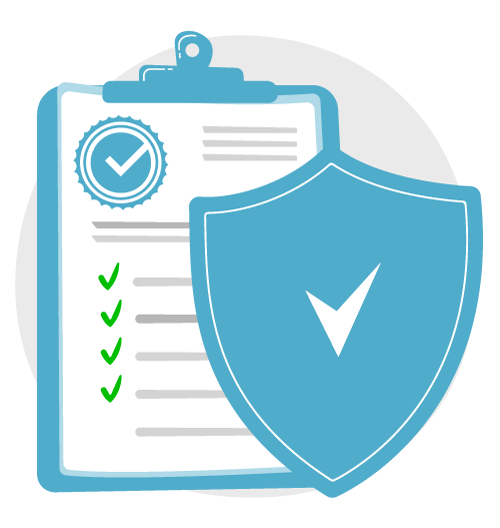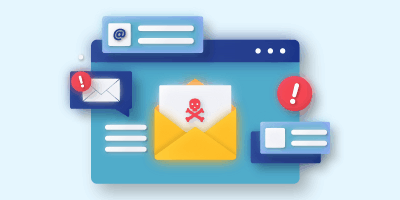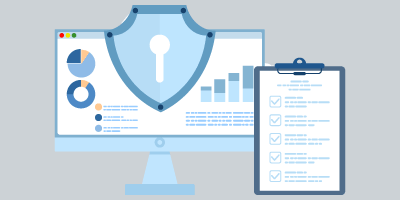ISO 27001 Certification & Compliance.
International security standard focusing on risk assessment and information security management.
understanding ISO 27001: all you need-to-know guide.
As more and more companies collect and process sensitive data, information security is a top concern for many businesses and customers. ISO 27001 is an international security standard that focuses on risk assessment and information security management.
Amid growing cyber threats, the ISO 27001 framework provides organizations with a comprehensive system to protect the integrity of their data and minimize the risk of security breaches. In many instances, certification may also be a business requirement that helps organizations demonstrate their security posture and solidify client relationships.
In this guide, we’ll cover:
What is ISO 27001?
What are the benefits of ISO 27001?
ISO 27001 Compliance Requirements
ISO 27001 Compliance Assistance
Who needs ISO 27001 Certification?
what is ISO 27001?
ISO 27001 is an internationally recognized standard that provides organizations with a tailored approach to create and maintain an Information Security Management System (ISMS) to protect their digital information. The standard has been jointly developed by the International Organization for Standardization (ISO) and International Electrotechnical Commission (IEC).
ISO 27001 compliance requirements.
A few of the key steps to achieve ISO 27001 compliance include:
ISO 27001 provides 114 security controls that organizations can implement as applicable. These controls are grouped into 14 domains, including information security policies, human resource security, access control, supplier relationships, encryption and management of sensitive information, and more. Organizations should prepare a Statement of Applicability (SoA) that documents all the relevant ISO 27001 security controls that have been selected for implementation to mitigate identified risks.
who needs ISO 27001 certification?
The ISO 27001 framework is designed to help organizations of all sizes assess and mitigate risk to maintain the confidentiality of their information. While ISO 27001 compliance is not mandatory in most countries, companies can make certification a contractual requirement for vendors and other third-party service providers. So, for many businesses, certification might be necessary to maintain a competitive position in the market.
Moreover, since ISO 27001 is an internationally accepted security standard, US-based companies that want to do business abroad could also consider getting the certification to demonstrate the validity of their security posture to potential clients.
In general, businesses in any industry could benefit from implementing ISO 27001 because its principles lay the groundwork for building cyber resilience and ensuring the safety of sensitive company and customer data in the face of increasing security threats.

what are the benefits of ISO 27001 compliance?
Satisfy client certification requirements:
Gain an edge over competitors:
Minimize costly security risks:
Secure your critical information:
working with GraVoc to achieve ISO 27001 compliance.
GraVoc’s information security team has the knowledge and expertise to help you meet the ISO 27001 compliance requirements and prepare you to obtain certification. Our certification gap analysis & readiness process for ISO 27001 has two major phases:

review phase.

remediation & readiness phase.
let’s talk about security.
Have a question or want to discuss our ISO 27001 Certification & Compliance readiness services? Contact a GraVoc employee below by filling out the form!
by the numbers.
%
customer retention
clients we serve
professional security certifications
common goal: YOUR SUCCESS!
information security news.
Business Email Compromise: Top BEC Tactics & How to Protect Against Them
We take a look at Business Email Compromise, including common BEC tactics and what your business can do to protect against them.
FFIEC CAT Sunset: Why the CRI Profile is a Strong Alternative
With the FFIEC CAT sunset approaching, we explore why the CRI Profile is a strong alternative to the CAT for financial institutions!
FTC Safeguards Rule Compliance for Auto Dealerships
We’ll go over the FTC Safeguards Rule, what it requires, and how a managed service provider can help auto dealerships stay compliant.



